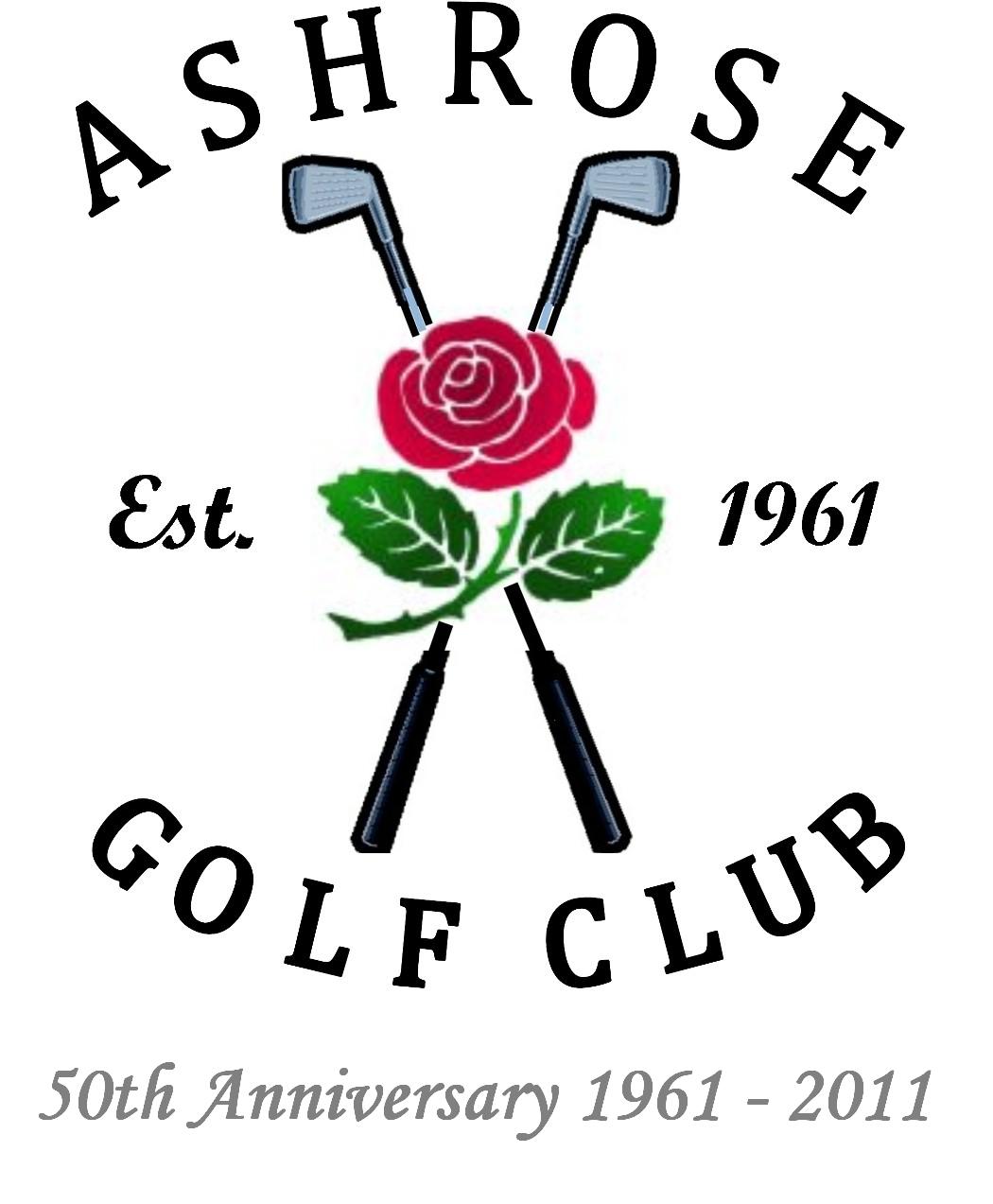Nearest point of relief (NPR) is only used in relation to three relief scenarios, all of which provide relief without penalty. These include interference with your lie, stance or swing by:
- an immovable obstruction (cart path, ball washer, sprinkler head, etc.)
- an abnormal ground condition (casual water, ground under repair, burrowing animal hole, etc.)
- a wrong putting green (any putting green on the course other than the putting green of the hole being played)
While there are only three scenarios listed above, you will notice that they include situations that occur fairly often during a round of golf (ball on a cart path, ball in casual water, ball in ground under repair, etc.). So if you are a golfer, you have mostly likely attempted to find and use your nearest point of relief.
Let’s say you hit your drive to the right and end up on a cart path. Your nearest point of relief will be the spot on the golf course nearest to where your ball lies is that is not nearer to the hole and that gives you complete relief from the cart path. To determine that spot, you should use the club that you would have used if the cart path was not there.
So if your ball on the cart path is 150 yards from the hole and you would normally hit a 7-iron, that is the club that you should use to determine your nearest point of relief. The NPR will always be to the left, the right or behind where your ball lies (it can’t be in front because that would be closer to the hole).
If you want to be extra thorough, try marking your nearest spot to the left of the cart path and then also the nearest spot right of it and behind it. Unfortunately, you do not get a choice about which spot to use. You have to use the one that is nearest to your ball, even if it positions you directly behind a tree or in any other unfavorable situation. Remember, it’s the nearest point, not the nicest point!
It is important to note that the NPR is not the same for every player, even if the ball lies in the exact same spot. Differences in height, how far a player stands away from the ball at address, and playing right-handed vs. left-handed can change the NPR, sometimes significantly. See the video above for some good examples of this.
After you have successfully determined your NPR, you must then drop your ball anywhere within one club-length of that spot, not nearer the hole.
If any of the concepts mentioned in this article are confusing, take another look at the video as it shows all of them with helpful visuals.
If you have a Rules question that comes up in a tournament this spring or that happened during a past round, feel free to send it in to us at gregg@collegiategolf.com and perhaps we will address it in a future newsletter. If you have any questions about the topics discussed here, or have any other Rules of Golf questions, please feel free to contact the USGA Rules department at 908-326-1850 (available seven days a week) or rules@usga.org.
usga-rules-nearest-point-of-relief
